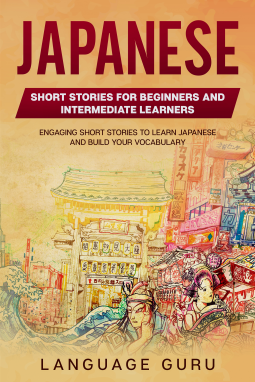What do you think?
Rate this book


364 pages, Paperback
First published August 9, 2022
The first girl he met from yoga class was Sachiko, who seemed really smart right away. She was a big reader of fiction but not non-fiction. She liked literature and could talk for hours about the novel she was currently reading.